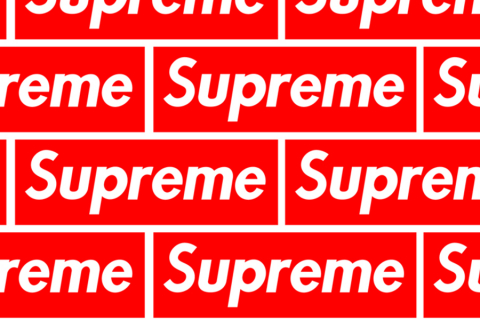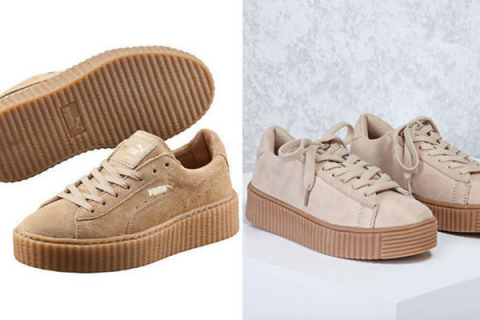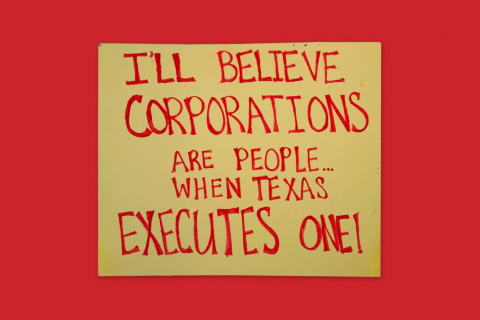
Camo print refuses to become something of the past. Just when you think it’s over, it’s back on the runway, the Met Gala red carpet, or being worn by Bella Hadid in a popular Instagram pic. In everyday style it shifts in and out of popularity. Commercial fast-fashion will market it as a must-have one season but not the next, leaving us to wonder whether we should drop those camo pants we bought the year before. Interestingly, though, camo has always maintained a high level of approval on the street, especially in hip-hop and streetwear culture. Everyone from Public Enemy in the late ’80s and early ’90s to current day A$AP Rocky has donned what could be the world’s most pervasive pattern, which leads us to question why the popularity of the print isn’t as consistent in other areas of culture.
First off, a little history. Camouflage came from the idea that parading into battle wearing bright red or blue army uniform wasn’t very smart. Once conceived, wearable camouflage didn’t leave the war zone and infiltrate pop culture until the second half of the twentieth century. Andy Warhol is often credited with pushing camouflage into everyday fashion. His colourful ‘Camouflage’ prints allowed designers to reimagine the pattern as a print for everyday clothing. Soon, civilians started wearing the print with irony, as a counterculture statement against the Vietnam War. After that, it wasn’t long until Vogue wrote its first article on camouflage print clothing in 1971, saying it’s a “functional, practical, good looking print and just as wearable as the everyday blue jean”.
Camo now permeates all facets of commercial fashion, especially since designers as famous as Jean Paul Gaultier and John Galliano have designed collections heavily featuring the print. It’s probably because of this, it’s lost its masculine symbolism and toughness, gaining mass appeal and popping up everywhere from children’s clothes to bath rugs and, unfortunately, sometimes even bridal wear. Now, whenever a designer uses camouflage in a collection, or a celebrity is photographed wearing it, the trickle-down-effect soon sees the print end up on the racks of any fast-fashion mega-store. Trends that fast-fashion giants like H&M and Topshop peddle are forever fleeting and cyclic, and their treatment of camo is no different. This is likely the reason why camo is forever swinging from cool to uncool and back again in the eyes of the general public.
Hip-hop’s treatment of camo is completely different. The print has had respect within the culture since its adoption in Brooklyn in the 1980s. Initially, rappers and skaters would shop at army/navy surplus stores to find inexpensive clothes that were durable, long lasting and gave the wearer a feeling of being tough enough to take on the streets. When you think about it, army/navy stores were kind of like the original street label stores. They preceded the young entrepreneur of today wanting to start up their own street wear label. At the time, kids on the block would buy inexpensive camo jackets and cargo pants, fresh off the surplus floor, and style them back with tall tees and fresh kicks. Soon, rappers like Tupac, Wu-Tang Clan, and Bone Thugs-N-Harmony took this look from the streets and into your stereo, spreading the trend from the artists to the fans and followers. At the time of the late 80s and 90s, it was a known thing, if someone was wearing camo, you could safely assume they listened to hip-hop.
As time progressed and trends in hip-hop changed, the popularity of camo print among its artists and community stayed the same. In the mid-2000s the rise in popularity of Japanese streetwear brands, like BAPE and WTAPS, ended the need for hip-hop fans to scour surplus stores, by designing clean fits that still highlighted the print. This look was repped by the likes of Pharrell, Kanye, and Lil’ Wayne, artists who found themselves at the top of the hip-hop game as southern rap’s popularity waned in the mid-2000s.
Pushing forward to today, the camo print still reigns supreme in hip-hop culture. If you take a look at artists like K.Dot, Tyler The Creator and A$AP Rocky, these guys are often seen wearing camo print box tees, rocked over a pair of trashed up denim, and totally owning it no matter what the commercial fashion trends are dictating.
Hip-hop and style have always had a symbiotic relationship. Unlike the fashion industry, rappers were never trying to start the next season’s biggest trend—most just wanted to dress true to their culture. Not giving into to passing trends has always been a part of that, which takes us right back to the heart of hip-hop—it began as a counterculture, something that young people of colour could be a part of, to challenge the status quo. Any real counterculture needs its uniform, and that’s why there’s always been a consistent respect for the iconic camo print in hip-hop.
- Words: Matthew Harden



